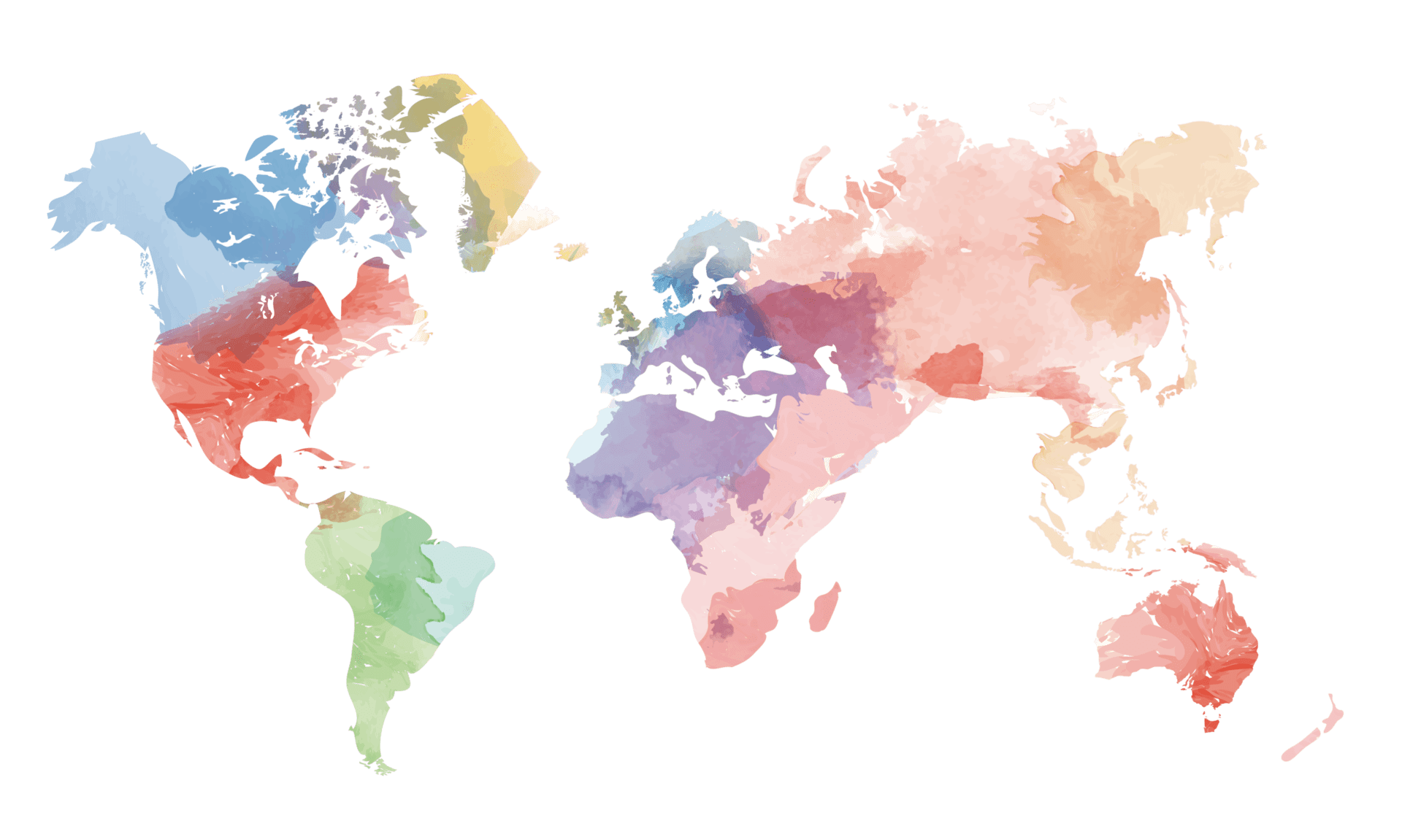One of the main challenges not-for-profit organisations face is raising awareness and support for their causes and missions. They often have limited resources and time to reach out to potential donors, volunteers, partners and beneficiaries. How can they tell their stories in a way that engages and inspires people to take action?
There is no one-size-fits-all answer to this question, but some general principles and best practices can help not-for-profit organisations craft and share their stories effectively. Here are some of them:
Know your audience. Before you start writing or speaking, you must understand who you are trying to reach and what you care about. What are their values, interests, needs and motivations? How do they prefer to receive information and communication? What are the best channels and platforms to reach them? How can you tailor your message and tone to suit them?
Know your purpose. What is the primary goal of your story? What do you want your audience to feel, think or do after hearing or reading it? Do you want to inform, educate, persuade, inspire or entertain them? Do you want them to donate, volunteer, advocate or join your organisation? How can you make your call to action clear and compelling?
Know your story. What is the core message of your story? What problem or challenge is your organisation trying to solve or address? How does your organisation make a difference or create an impact? What are the outcomes or results of your work? How can you show evidence or proof of your impact? What are the stories of the people or communities that benefit from your work? How can you make them relatable and human?
Use storytelling techniques. How can you structure your story to capture attention and interest? How can you use characters, conflict, plot, setting, dialogue and resolution to create a narrative arc? How can you use emotions, senses, details and imagery to make your story vivid and memorable? How can you use humour, anecdotes, metaphors and analogies to make your story engaging and entertaining?
Use multimedia tools. How can you use different formats and mediums to enhance your story and reach different audiences? How can you use text, images, audio, video, graphics, animations and interactive elements to create a multimedia story? How can you distribute your story through social media, websites, blogs, podcasts, newsletters, magazines, reports, and presentations?
To illustrate these principles and best practices, here are some examples of compelling storytelling by not-for-profit organisations:
Charity: water is a non-profit organisation that provides clean water to people in developing countries. They use powerful stories of people who lack access to clean water and how their lives are transformed by receiving it. They also use stories of donors and fundraisers who support their cause and how they get involved. They use various multimedia tools such as videos, photos, maps and live streams to show the impact of their work.
The Girl Effect is a movement that empowers adolescent girls in developing countries to break the cycle of poverty and violence. They use stories of girls who face challenges such as child marriage, early pregnancy, HIV/AIDS and lack of education and how they overcome them with the help of The Girl Effect. They also use stories of supporters who join the movement and how they spread the word. They use multimedia tools such as videos, animations, graphics and games to
TED is a non-profit organisation that spreads ideas through short talks on various topics. They use stories of speakers who share their insights, experiences and passions on subjects ranging from science to art to social issues. They also use stories of viewers who watch the talks and how they learn from them. They use various multimedia tools such as videos, podcasts, blogs and books to showcase their talks.
Storytelling is a powerful way for a not-for-profit organisation to communicate their stories to a wide and varied audience. By knowing your audience, having a clear message and purpose, and using emotion and authenticity, a non-profit organisation can craft and share stories that resonate with different audiences and achieve their goals.

